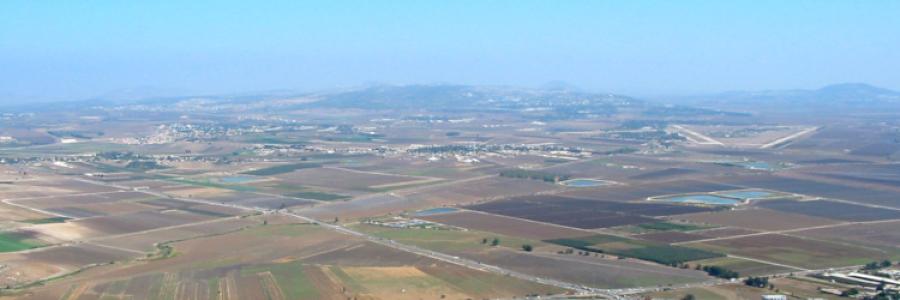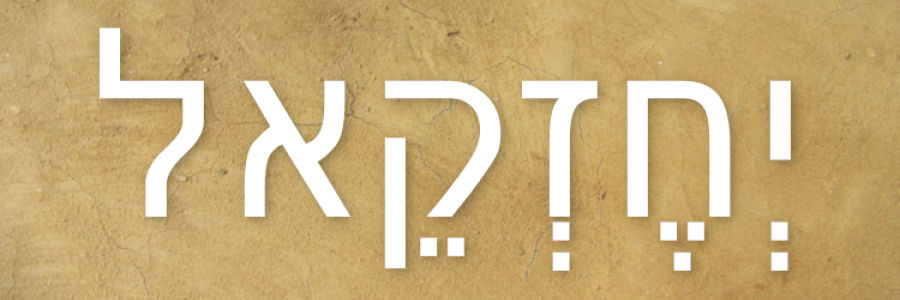The Covenantal Landscape of the Old Testament, Parts 4 & 5
This is the final installment of the excerpts from my book The Words of the Covenant: Old Testament Expectation, which I hope to get published by the end of 2020. I would be grateful for those readers of this blog who have derived some benefit from these posts if you would please pray for God’s blessing on the publication and reading of the book.
(The prophetic picture, broken down into basic categories, continued.)



Discussion